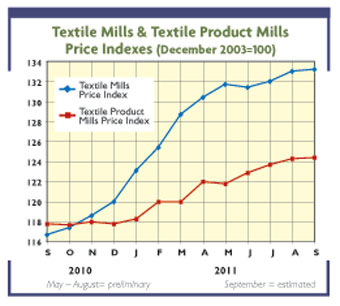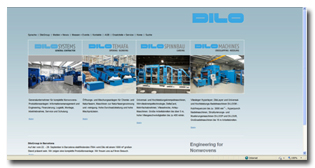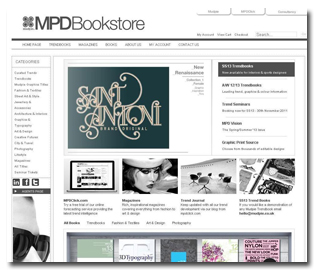WICHITA, Kan. — October 12, 2011 — In line with the CORDURA® brand team’s commitment to developing
innovative and protective fabrics for the workwear industry, a new range of Cordura NYCO fabrics
from Malaysian based Penfabric, part of the Japanese Toray Group of companies, will be introduced
to the European workwear market at the A+A show in Dusseldorf, Germany – Hall 10 Stand A11.
The innovative range includes four fabrics, each in an intimate blend of 75 percent cotton,
25 percent high strength INVISTA T420 nylon 6,6. The fibres are intimately blended in both the warp
and weft direction and available in twill and canvas constructions in weights of 325gr/m2 and
380gr/m2.
“The workwear market has traditionally been serviced by polyester/cotton fabrics,” said Cindy
McNaull, global Cordura brand and marketing director. “The new Cordura NYCO fabric workwear
portfolio from Penfabric offers our brand’s renowned long-lasting durability without compromising
comfort and is the latest example of our commitment to innovation in the workwear market.”
Comfortably durable Cordura NYCO fabrics are suitable for a wide range of garment types
including trousers, jackets, coveralls and bib and braces. The fabrics are particularly valuable
for harsh working conditions especially in areas where high stress is imparted on the garment. Such
conditions are commonly found in industries such as construction and supporting trades, plant and
vehicle maintenance, heavy engineering, butchery and transportation.
The Cordura NYCO fabric workwear range has high levels of abrasion resistance. Independent
laboratory testing demonstrates that 325 gr/m2 and 380 gr/m2 Cordura NYCO fabrics based on 25
perent/75 percent cotton INVISTA T420 nylon 6,6 blends can reach levels of 250,000 rubs under the
Martindale woolen abrasion test method with 12 kPa (ISO – 12947-2). As a result, the garments in
use will not wear away easily, which can lead to fewer holes, less rips and less costly and
unsightly repairs.
The Cordura NYCO fabric range has a higher percentage of cotton fibre than the established
polyester/cotton fabrics with similar weights and constructions, and thus a high degree of
absorption. The fabrics are more cotton-like and less synthetic in touch, which helps to add to the
comfort requirement, which is so important in today’s working environments. The canvas fabrics
offer a modern and popular appearance in line with casual apparel garments.
The Cordura brand team has collaborated with its key authorised mills to develop Cordura NYCO
fabrics that meet the stringent workwear fabric standards as devised by the European Textile
Service Association (ETSA). These standards demand high levels of performance when considering
characteristics such as shrinkage, pilling and colourfastness in addition to fabric durability when
garments are washed at high temperature. To learn more about INVISTA’s Cordura NYCO fabric
portfolio, as well as information on the comprehensive range of Cordura brand workwear fabrics and
authorized fabric producers, please visit www.cordura.com.
Posted October 18, 2011
Source: Invista










